Looking at the administrative map of Vietnam, it is easy to see that Thai Nguyen province after the merger has a new position in economic , cultural and social development. Being the core area of the Viet Bac region and at the same time the gateway of the Viet Bac provinces to the capital Hanoi, Thai Nguyen, together with the whole country, has entered an era of development with the positive resonance of the two lands. For the tourism industry alone, the opportunity for inter-regional connection has opened a wider and deeper door because the more the cultural heritage is exploited, the richer its reserves become.
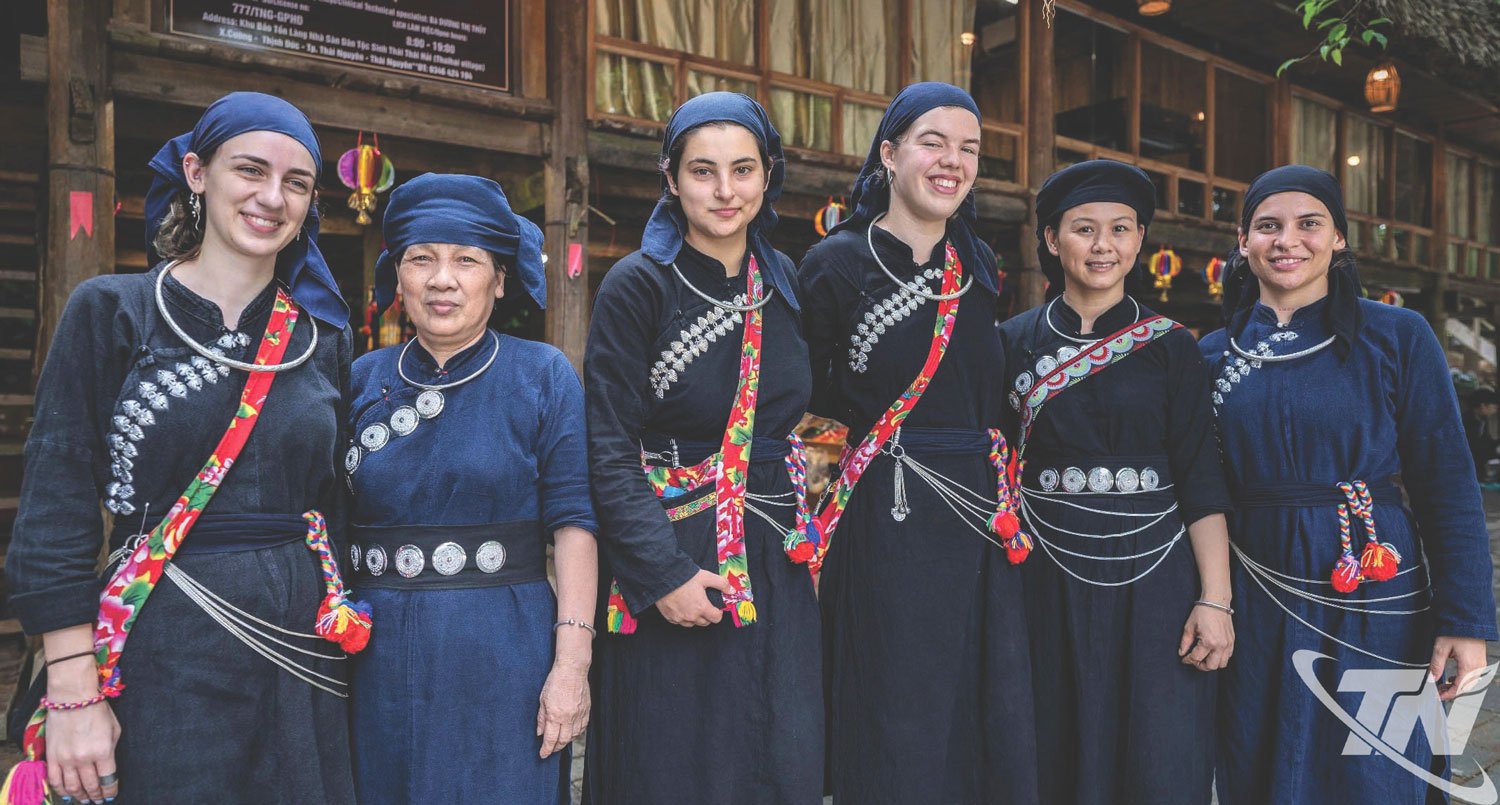 |
| Foreign tourists enjoy participating in the experience at the Thai Hai Ethnic Ecological Stilt House Village Conservation Area, Tan Cuong Commune. |
Head of Tourism Management Department, Mr. Nguyen Tung Lam confided: Cultural heritage is an invaluable resource serving the development of the tourism industry. However, cultural heritage only truly has a soul when it is exploited to serve tourists. Through the activities of introduction, display, and performance, the tourism industry has breathed life into cultural heritage and spread its value through the stories brought by tourists.
There is a unique feature in the story that often begins with the two words "once upon a time". Not to mythologize the heritage, but because of the customs and cultural practices that have been passed down orally from generation to generation. Long ago, due to historical events, many families of different ethnic groups came to Thai Nguyen to live in seclusion. They brought with them their beliefs and life philosophies, thereby creating a cultural diversity for the Thai Nguyen land.
Many tourists recall the interesting land surrounded by scenic spots such as Tam Kha Lake, Khe Cup Waterfall, Nam Tac Hill, Tham Hon Cave in Khuan Bang Village, Cho Moi Commune.
In any household, sitting by the fire of the stilt house, you can hear stories about the "long ago" people who had the profession of weaving, fabric weaving and singing Then. Mr. Nguyen Van Bach, lecturer at the Viet Bac College of Culture and Arts, shared: Then singing is considered a representative of the cultural heritage of the Tay and Nung ethnic groups in Viet Bac. The lyrics combined with the Tinh lute create a magical sound between heaven and earth, so it is enthusiastically welcomed by tourists.
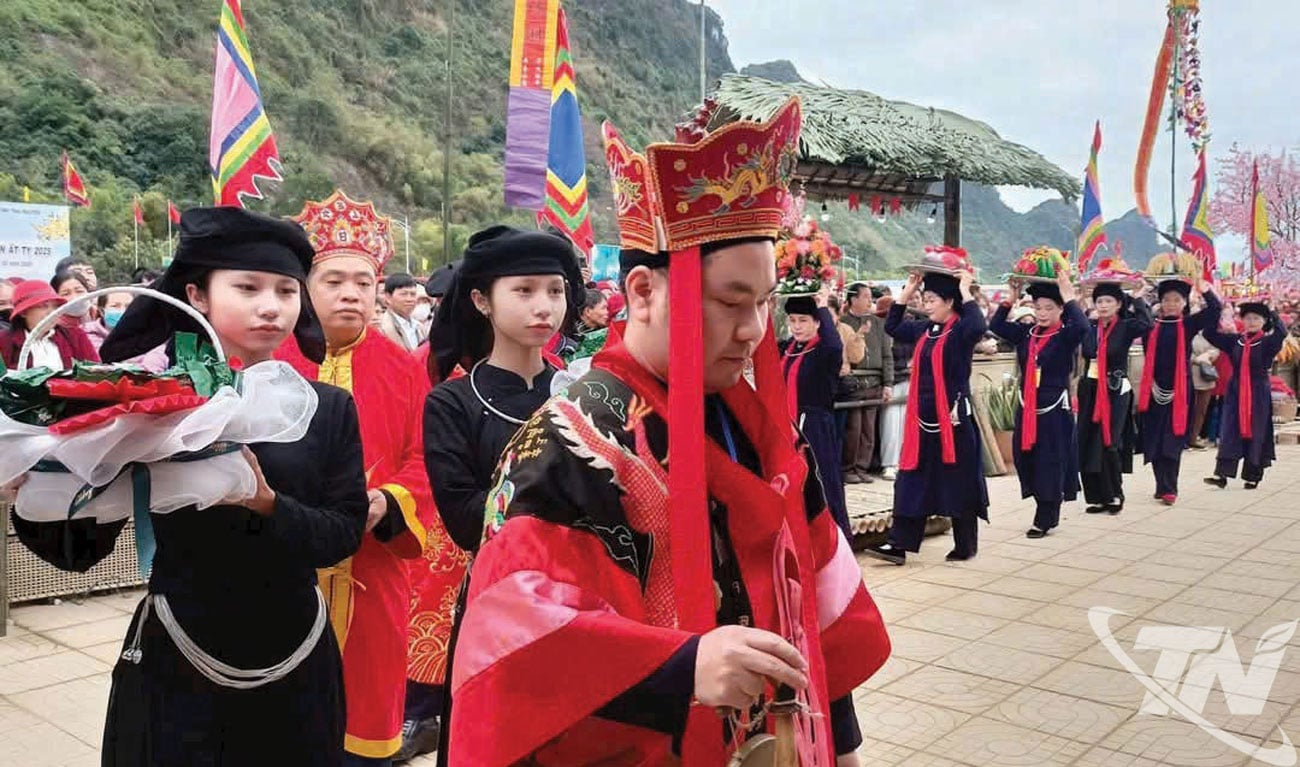 |
| Many rituals are preserved, passed down and promoted by ethnic people. |
Along with Then singing, the intangible cultural heritage treasure also includes Tham Roc puppetry of the Tay people; the Harvest Festival of the San Chi people; Soong Co singing of the San Diu people; Tac Xinh dance of the San Chay people and the Cap Sac ceremony of the Dao people, and the Khen sound of the Mong people on the mountainside.
Thai Nguyen also possesses a system of cultural and artistic architecture, including communal houses, temples, and pagodas with hundreds of years of history. Typical examples include Phu Lien Pagoda in Phan Dinh Phung Ward; Hang Pagoda in Linh Son Ward, Cau Muoi Pagoda in Tan Thanh Commune, Thach Long Pagoda in Tan Ky Commune, etc.
When cultural and artistic architectures become destinations, intangible cultural heritages become spiritual "specialties" performed and exchanged between local people and tourists.
Each tangible and intangible cultural heritage combined has created an endless cultural treasure serving the tourism industry to exploit and develop.
Sharing with us, Dr. Mai Thi Hanh, lecturer at Hanoi National University, said: Through tourism activities, cultural heritage is widely promoted to the people, domestic and international tourists. Moreover, each cultural heritage is also a cultural and historical lesson for the younger generation.
For the tourism industry, it is also an open-pit gold mine, bringing great benefits to organizations and individuals operating in the tourism sector. Through tourism activities, cultural heritage becomes closer and more friendly to people. Helping each person when accessing it to have a fuller and deeper awareness of the value of heritage. From there, heritage becomes a precious gem, shining a halo in the cultural and spiritual life of everyone in the community.
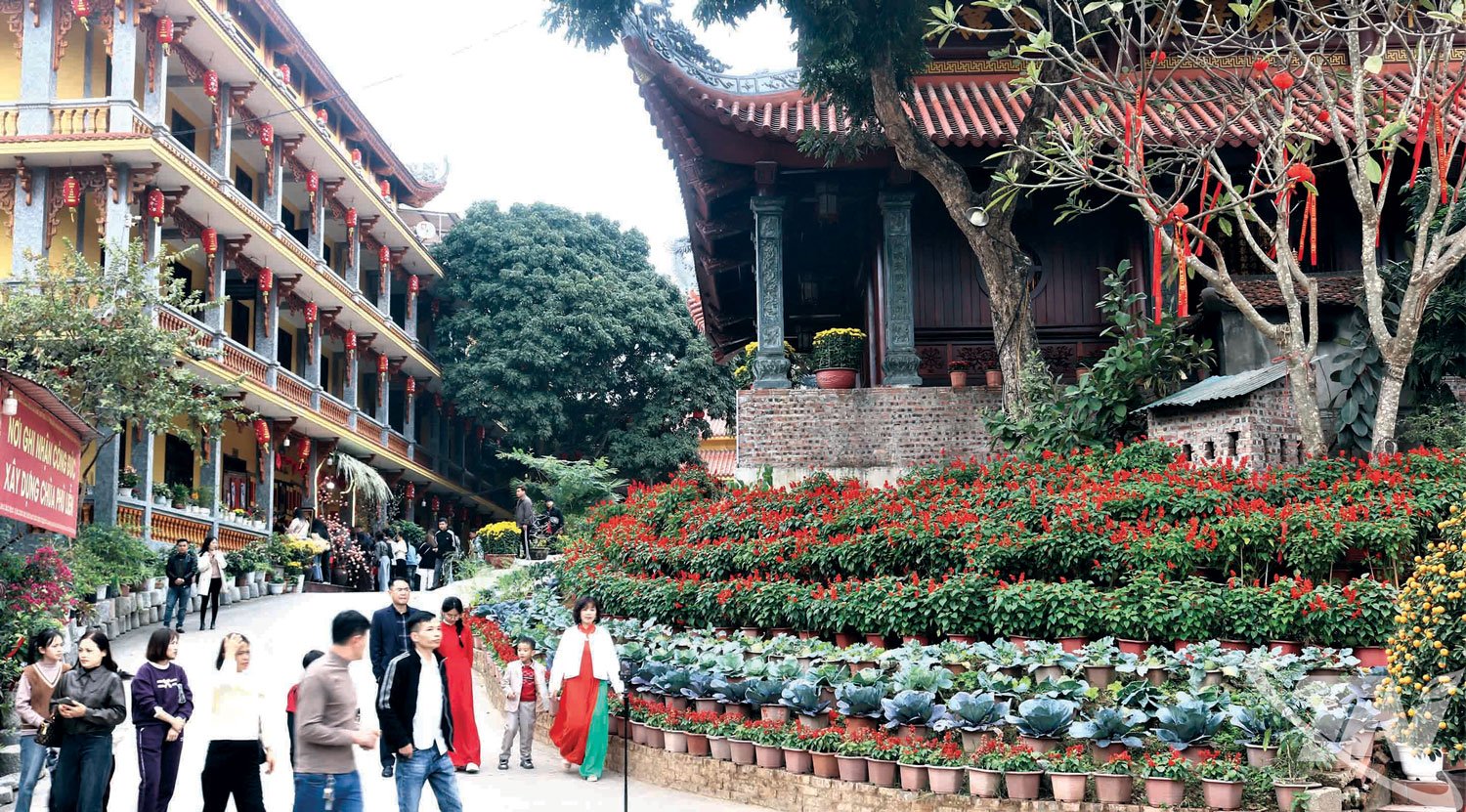 |
| Phu Lien Pagoda, Phan Dinh Phung Ward, has a history of hundreds of years and was rebuilt with donations from the people in Eastern architecture. |
It is easy to see that if cultural heritage is passed on, preserved, and carefully protected but not displayed or performed for the public, the cruelty of time will certainly damage, degrade, fade away, and gradually be buried into oblivion.
Suong Co singing of the Ngai ethnic group in Thai Nguyen is a proof. It has faded to the point of almost no longer existing in the spiritual life of the people. Only when the Department of Culture, Sports and Tourism got involved, it took many months for artisan Tham Dich Tho, Tam Thai residential group, Dong Hy commune, to "search" and copy 5 songs of his ethnic group to pass on to their descendants.
Regarding the preservation and transmission of cultural heritage, Mr. Be Dinh Giai, a folk artist in the field of practicing and teaching Then rituals of the Tay ethnic group, Ban Nhi village, Cho Don commune, said: One advantage is that in recent years, intangible cultural heritages have received attention from the tourism industry, exploited to serve domestic and international tourists. This has encouraged people to actively receive, add to cultural heritage and participate in performances to serve tourists. Thanks to that, many cultural heritages have been restored, preserved and widely spread in social life.
Cultural heritages in folk treasures only truly become pure gold when used and exploited effectively. Visitors experience and live with the heritage, which is a time for each person to relax and comfortably forget daily fatigue as a way to heal. This is also the way for those who preserve and manage cultural heritage to inspire and ignite the value of heritage through the feelings and understanding of visitors. Let visitors be the ones to carry away and tell their relatives stories about Viet Bac cultural heritage.
As simple as the cotton weaving and indigo dyeing of the ethnic minorities in the highlands. Next to the wooden loom, the mountain girl sits and works with the shuttle between the cotton threads, making many “gentlemen hesitate”, admiring the talent and dexterity of the hands of the mountain people.
What impresses tourists is the brocade embroidery of the Dao ethnic group. In the era of industry 4.0, there are still women sitting on the porch meticulously drawing each needle and thread. Ms. Trieu Thi Sinh, Ban Cuon village, Cho Don commune excitedly said: In the digital age, everything is "immediately", so when coming to Ban Cuon, foreign tourists were surprised to see women sitting diligently with needles and baskets of colored threads to create unique patterns on the brocade background. Many of them enjoyed the experience of using needles and colored threads.
No one inspires heritage tourism better than the people who live on the heritage. They are farmers who plant and grow crops on the mountainside. They transform into artisans when tourists want to experience labor, production, culinary processing and are intoxicated when listening to stories about the sky and the earth. In the whole province, there are currently 3 folk artisans, 19 excellent artisans, and hundreds of folk artisans who are keeping the flame of cultural heritage alive.
Artisans are an important factor in transforming heritage into unique, profound, emotional and community-engaging tourism products.
People's Artisan Hoang Thi Bich Hong proudly said: In recent years, many intangible cultural heritages of ethnic groups in Thai Nguyen have become products of the tourism industry. Many people have participated in training courses organized by the Department of Culture, Sports and Tourism, thereby gaining skills and experience to introduce to tourists the values of cultural heritage in the place where they live.
The story of People's Artisan Hoang Thi Bich Hong reminds us of the villages that have been quietly nestled at the foot of the mountain, hidden in the clouds for generations, suddenly lit up when groups of tourists come to visit and experience discovery.
For example, Ban Quyen village, Phu Dinh commune and Pac Ngoi, Bo Lu, Coc Toc villages in Ba Be commune and Con Poong village, Nam Cuong commune.
Particularly prominent in recent years is the Thai Hai Ethnic Ecological Stilt House Village Conservation Area, Tan Cuong Commune. By showcasing the rituals, customs, and costumes of the Tay ethnic group, the village has become an impressive destination, honored by the World Tourism Organization as the Best Tourist Village. In early 2025, the village was one of two tourist destinations in Vietnam recognized as achieving the national 5-star OCOP certification.
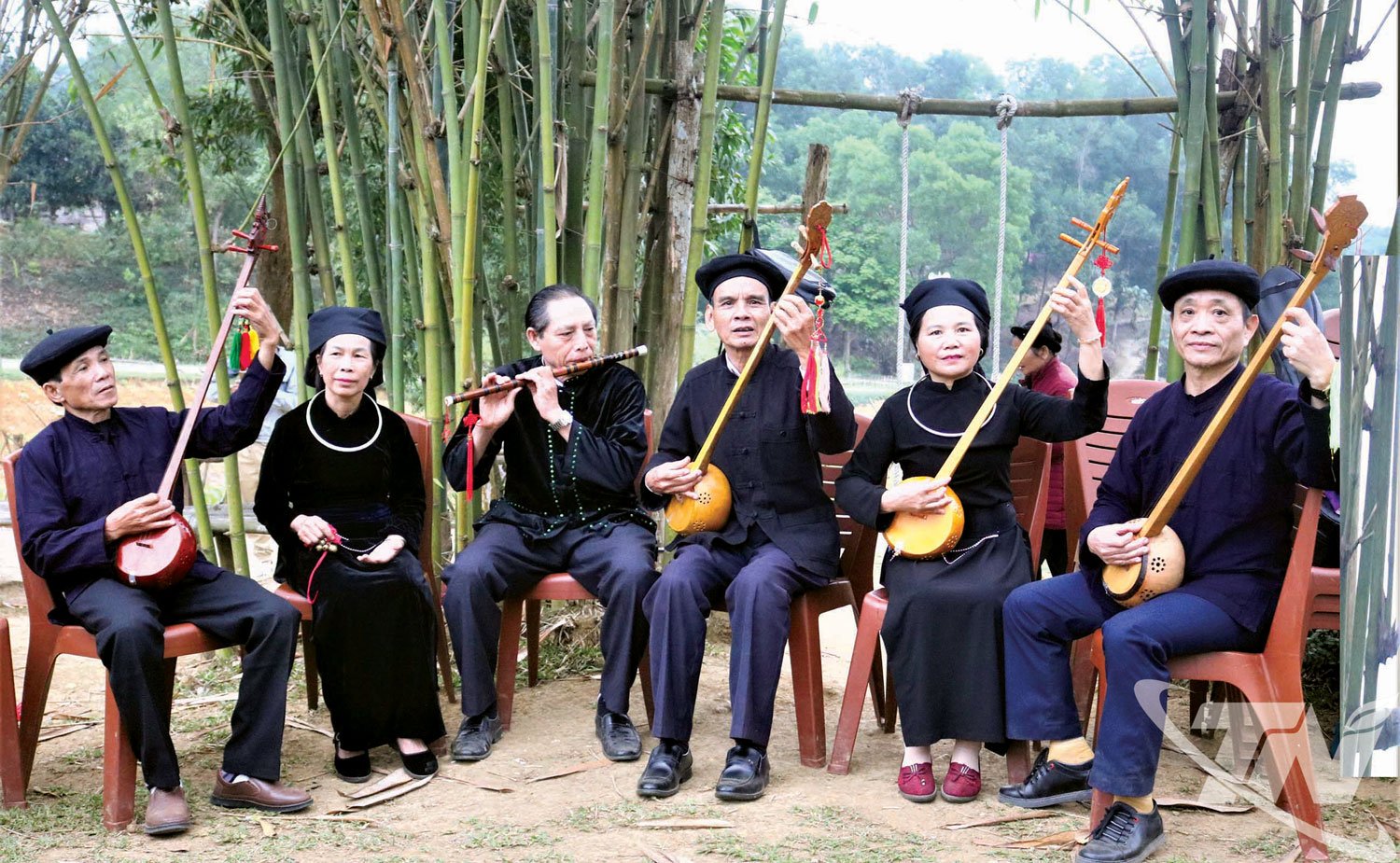 |
| Then singing was recognized by UNESCO as an intangible cultural heritage of humanity. |
As the tourism industry develops, opportunities for reinvestment in cultural heritage are also more interested. Every year, the State has invested billions of dong in restoring, preserving, embellishing, upgrading, transmitting, performing and promoting tangible and intangible cultural heritages in the province. This is a vivid proof of the connection between tourism and promoting the value of cultural heritage.
The interaction between tourism and cultural heritage has had a positive impact in transforming the mindset and awareness of tourism workers and people in heritage areas. Each cultural heritage is an emotional stop on the journey of discovery tourism. There are vivid stories about the land rich in identity and the warm-hearted people.
In developing tourism associated with preserving and promoting the value of cultural heritage, Thai Nguyen province proactively coordinates with provinces and cities across the country to organize trade and tourism promotion activities; actively propagates and promotes tourism potential to domestic and international tourists through publications, leaflets and social networking platforms. The province also has many preferential policies to invite qualified investors to cooperate in sustainable development, spreading the value of cultural heritage to all parts of the world.
Source: https://baothainguyen.vn/van-nghe-thai-nguyen/202508/di-san-van-hoa-kho-bau-cua-du-lich-fbc47b7/








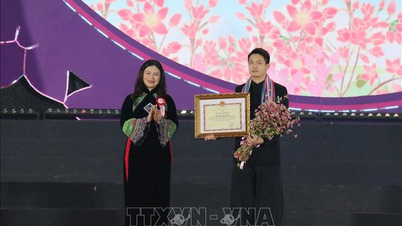






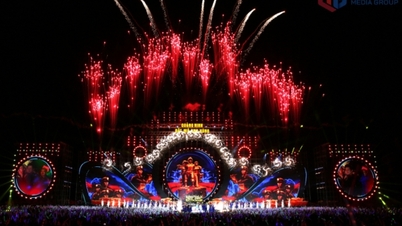



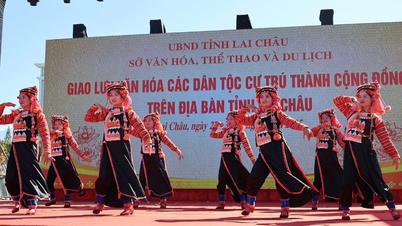





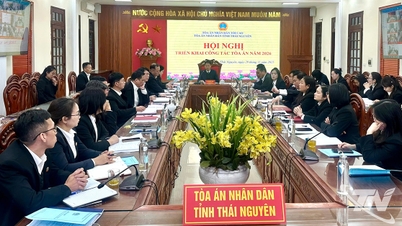





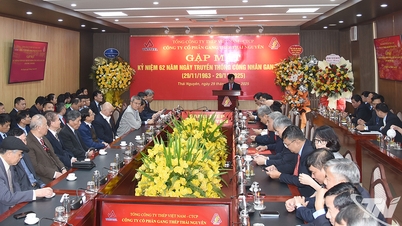
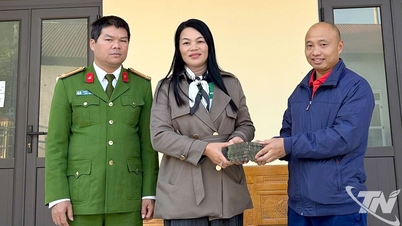
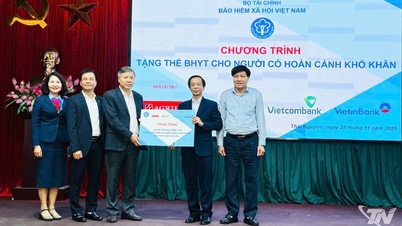
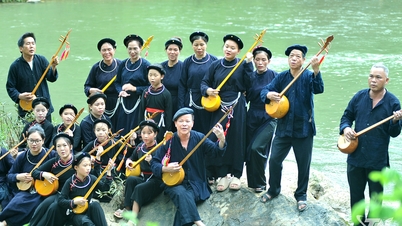
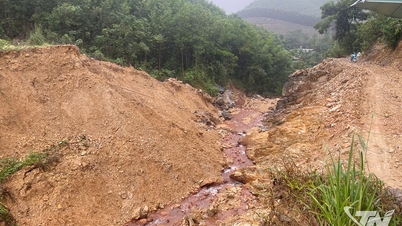
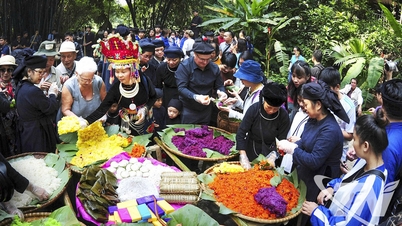

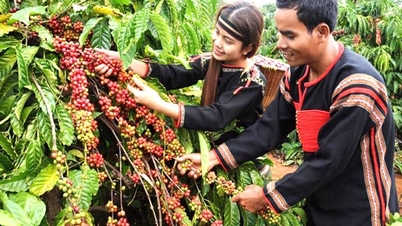



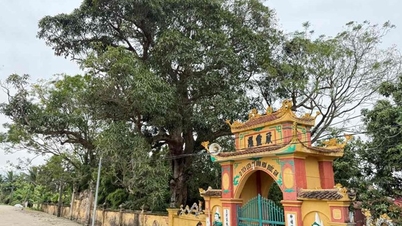

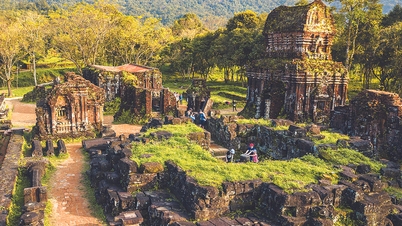

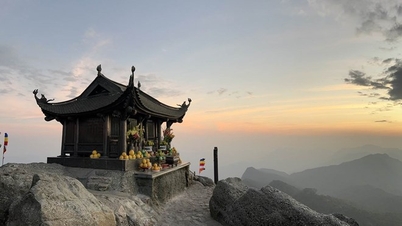
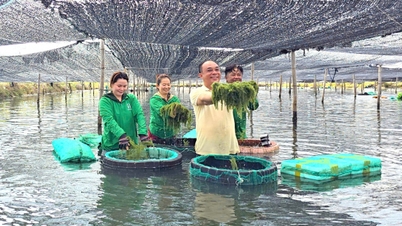



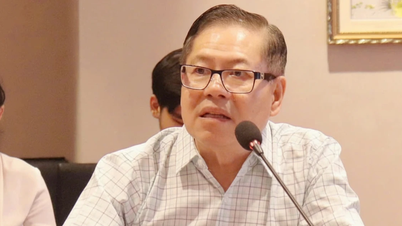

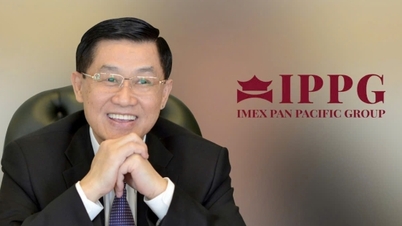







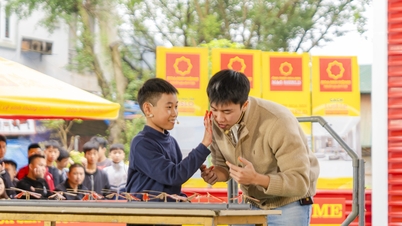

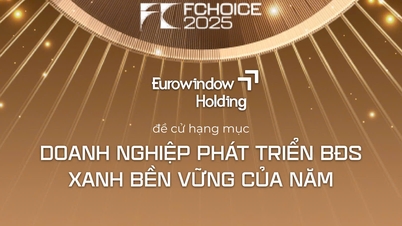
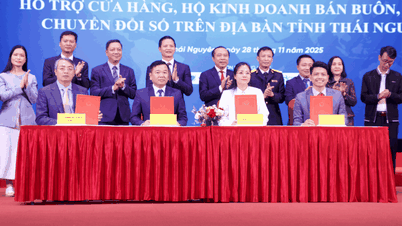
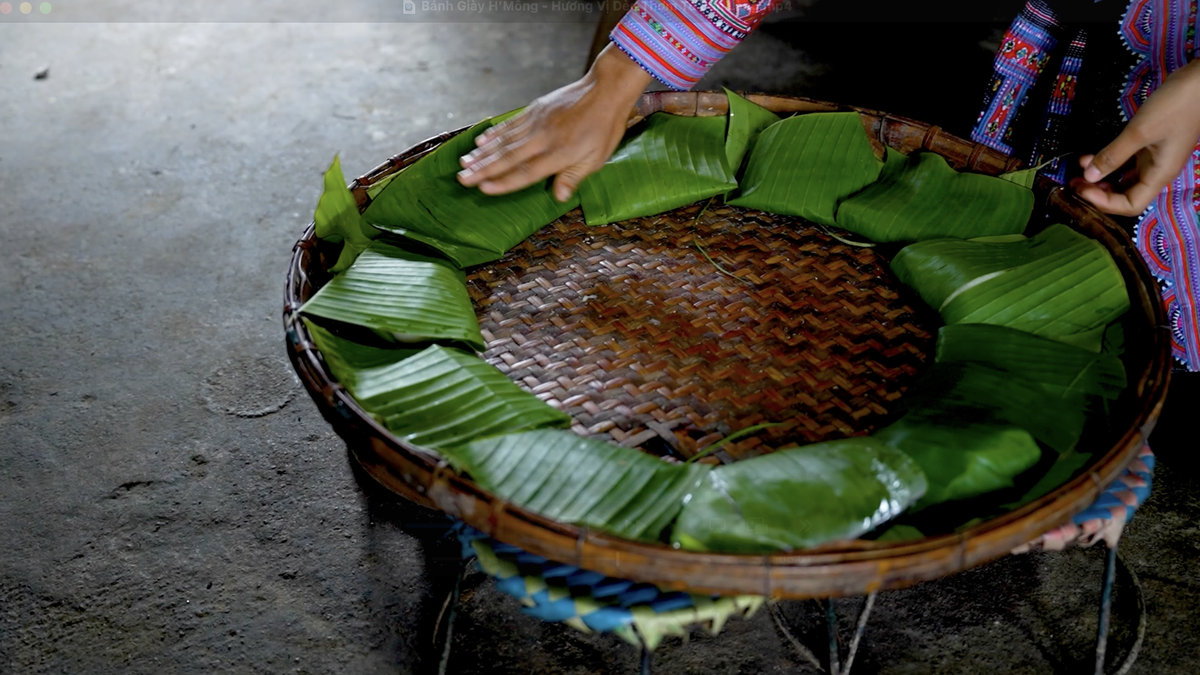

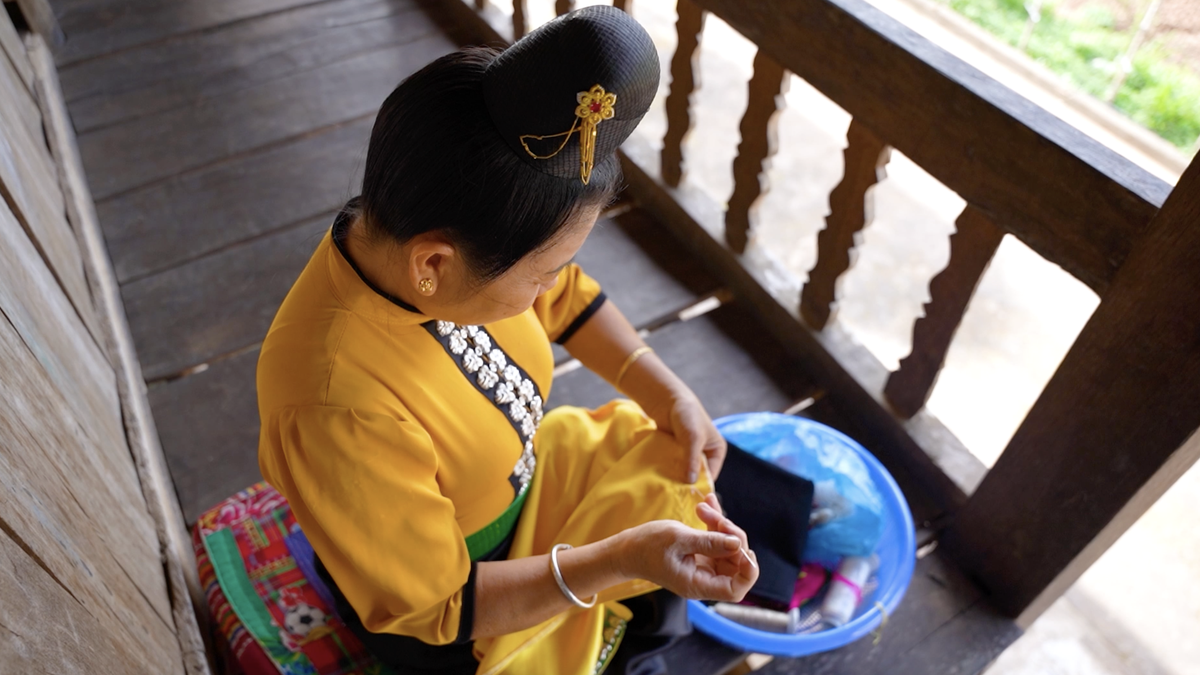

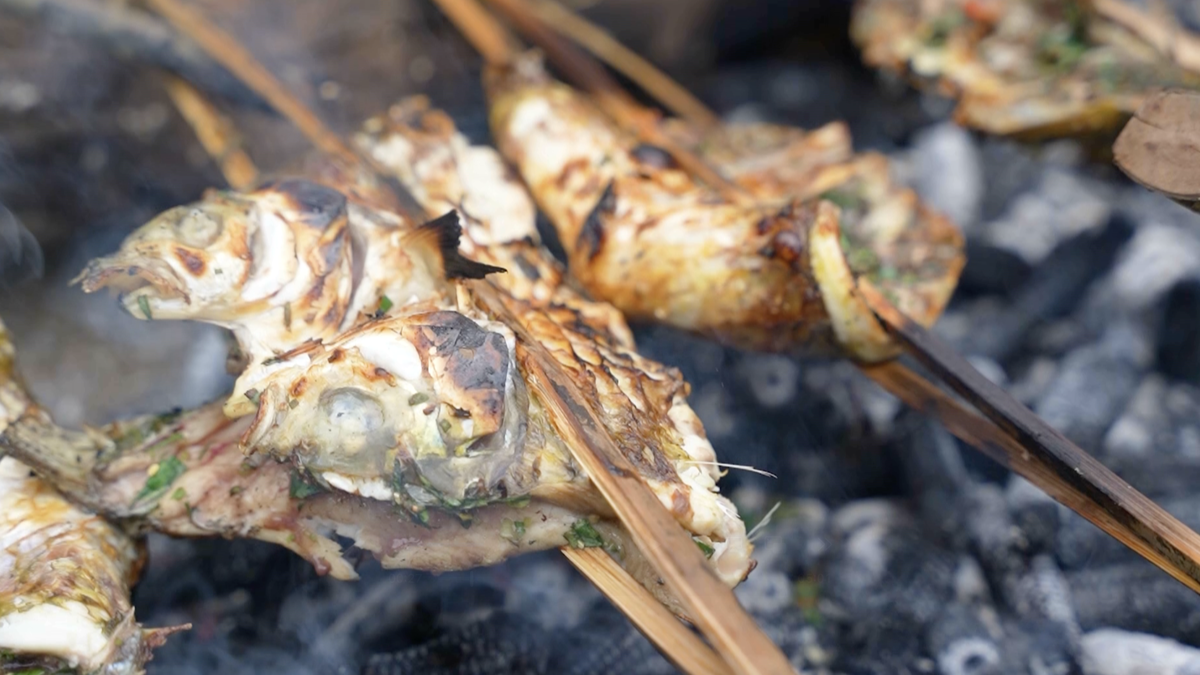
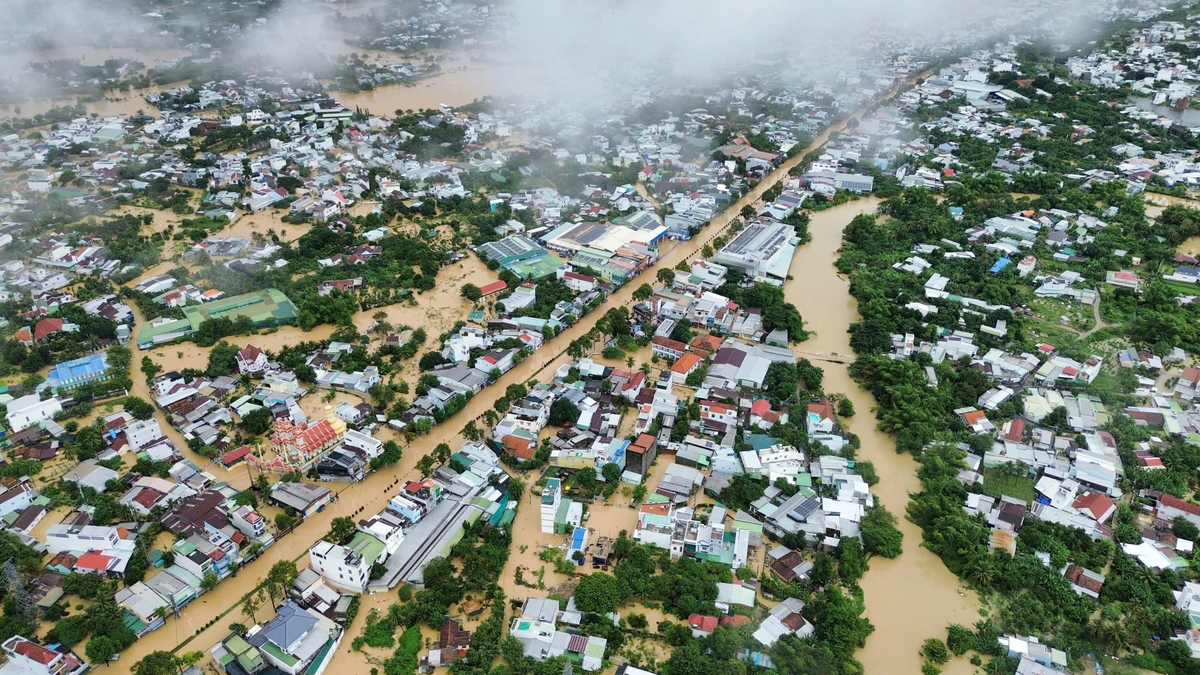


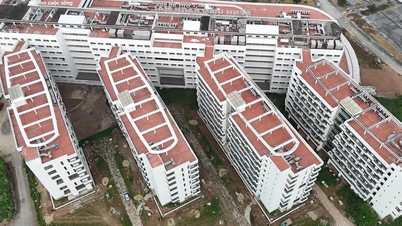

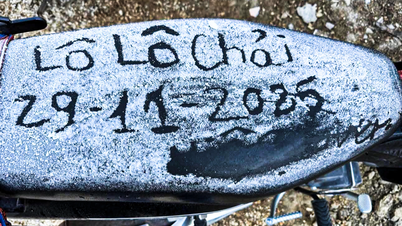



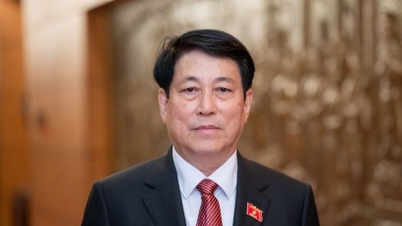








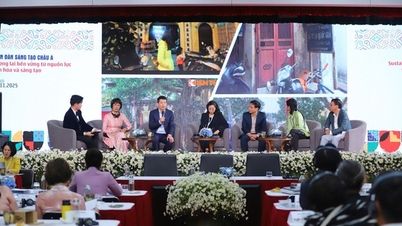
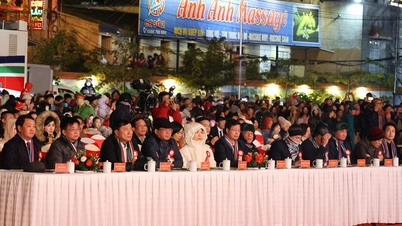

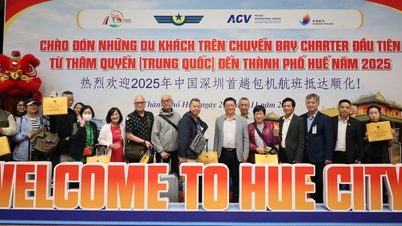


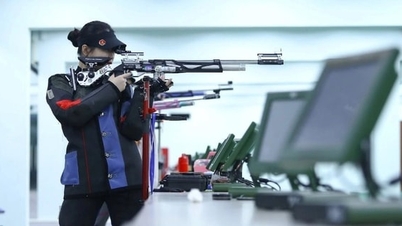
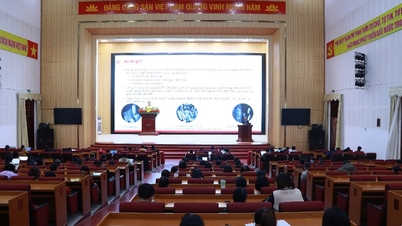






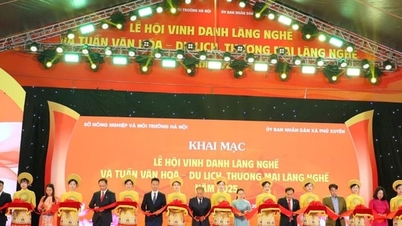

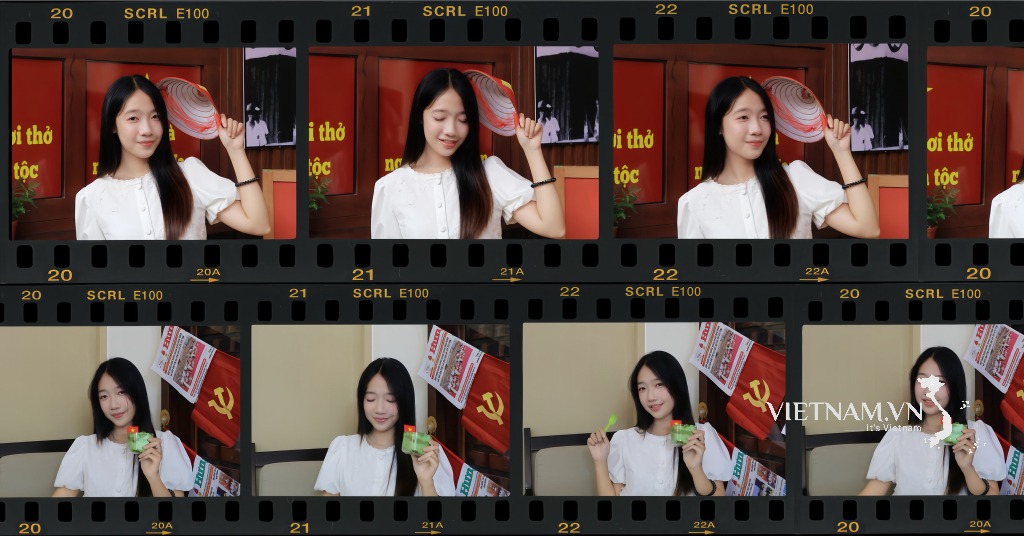



Comment (0)